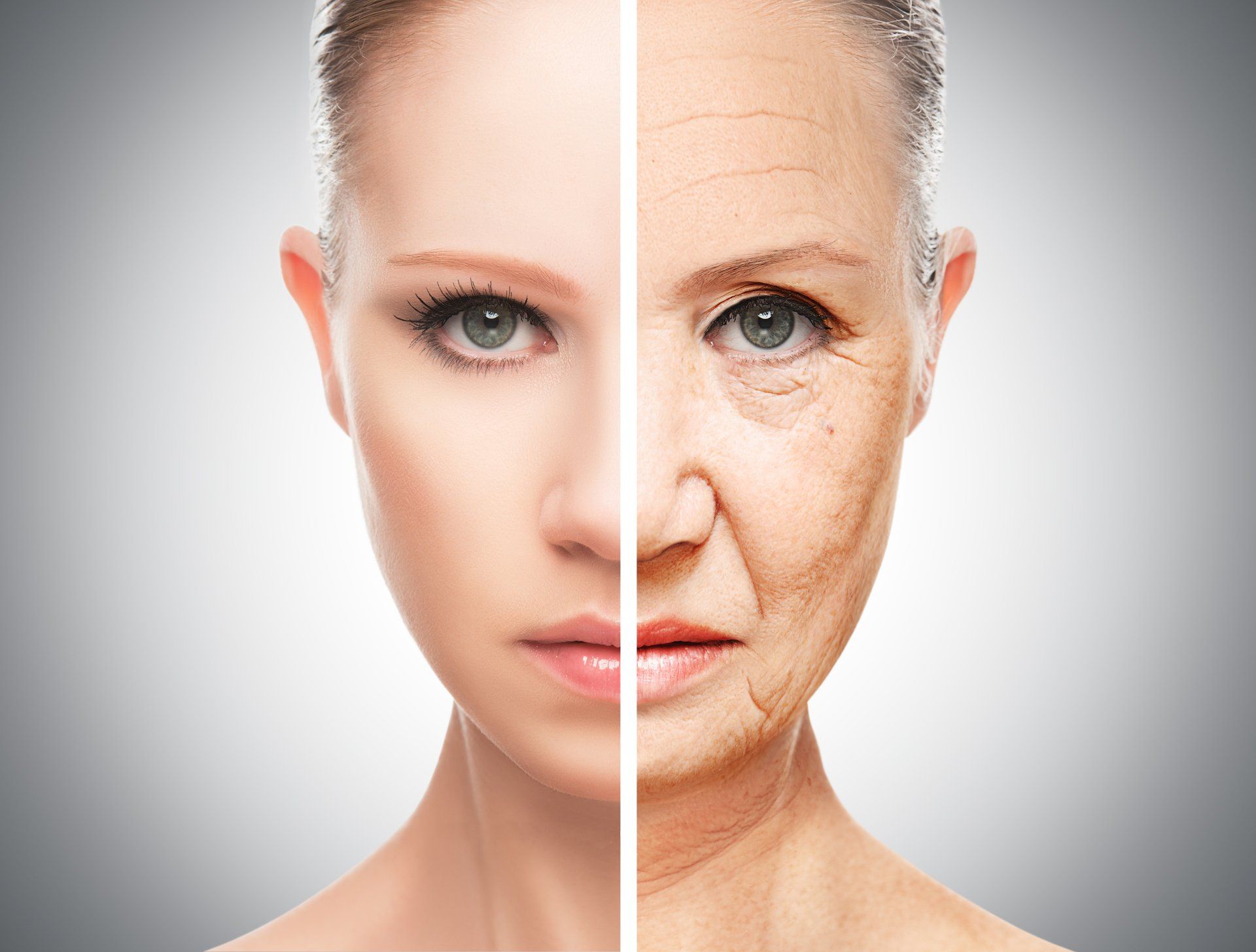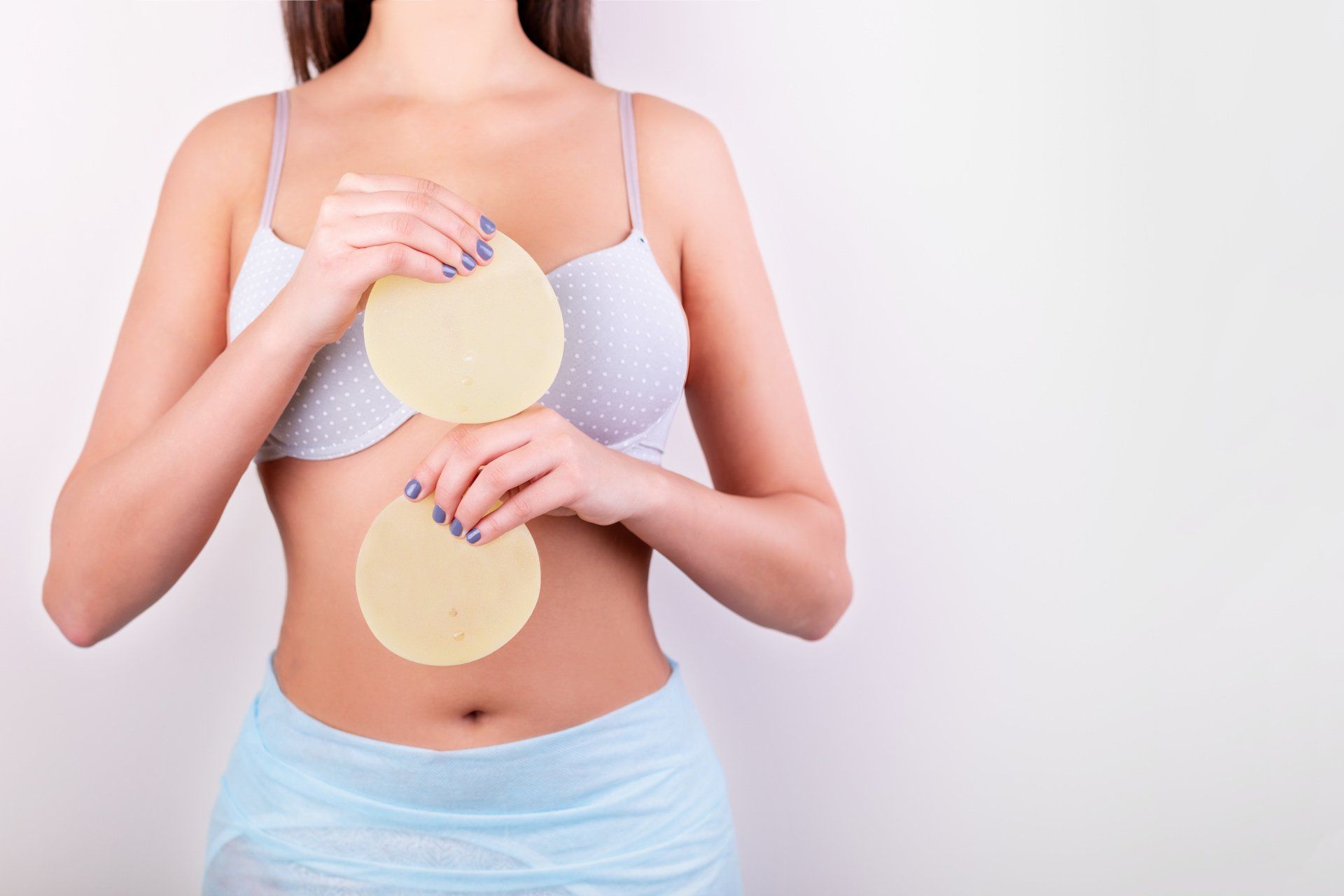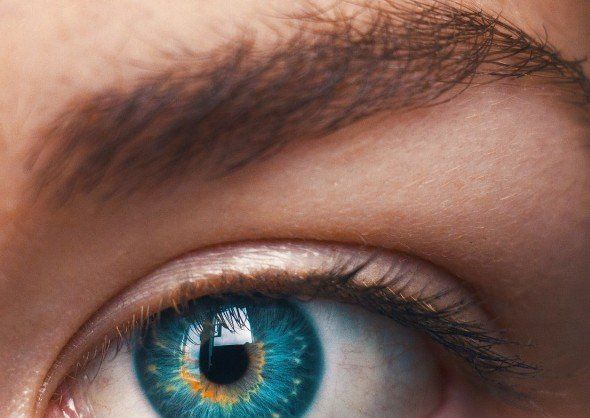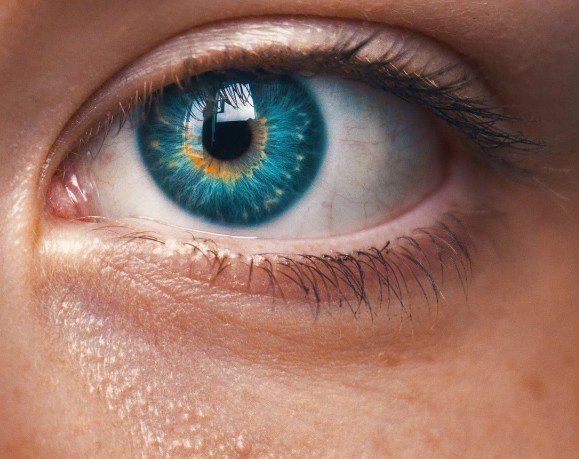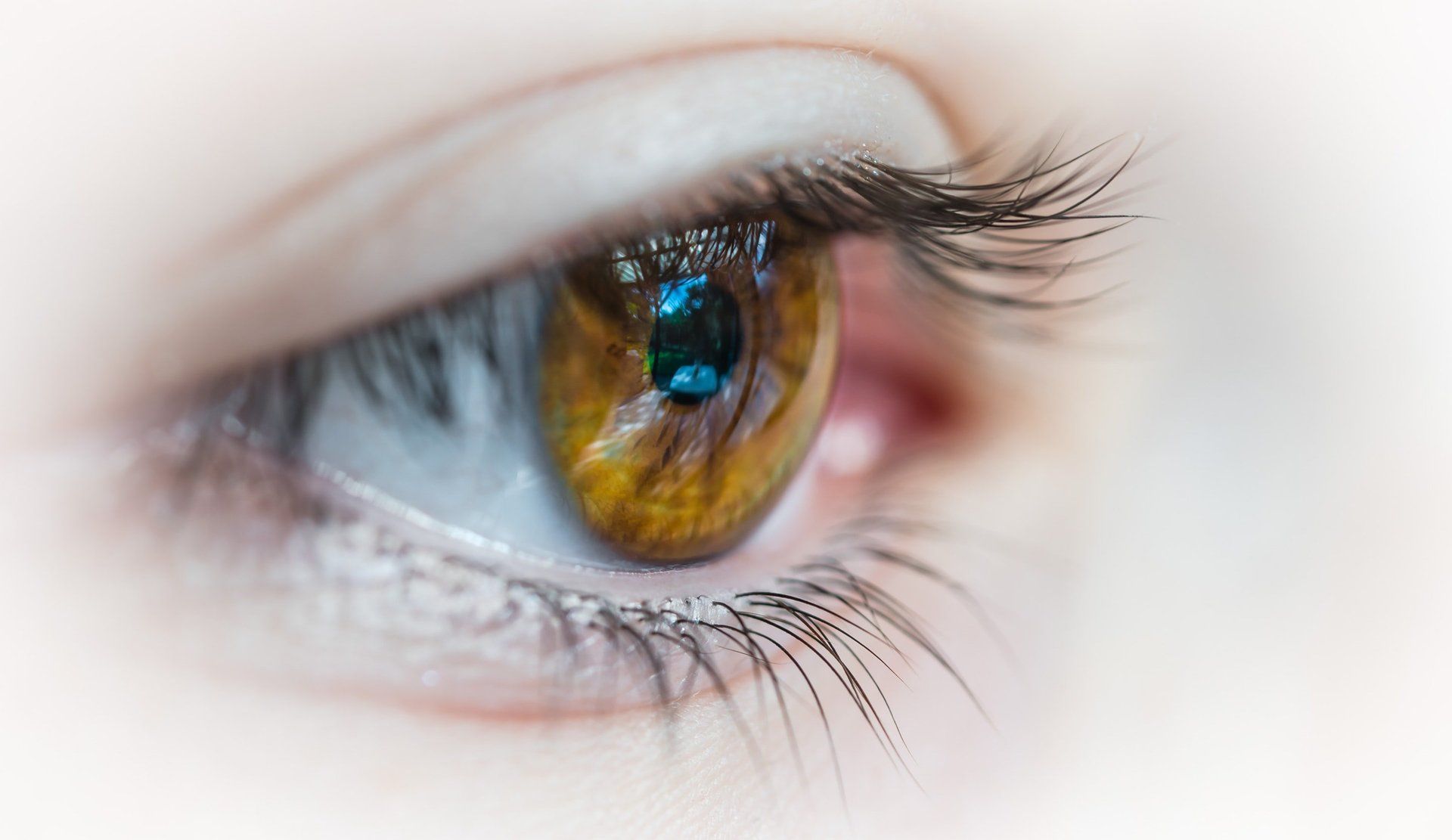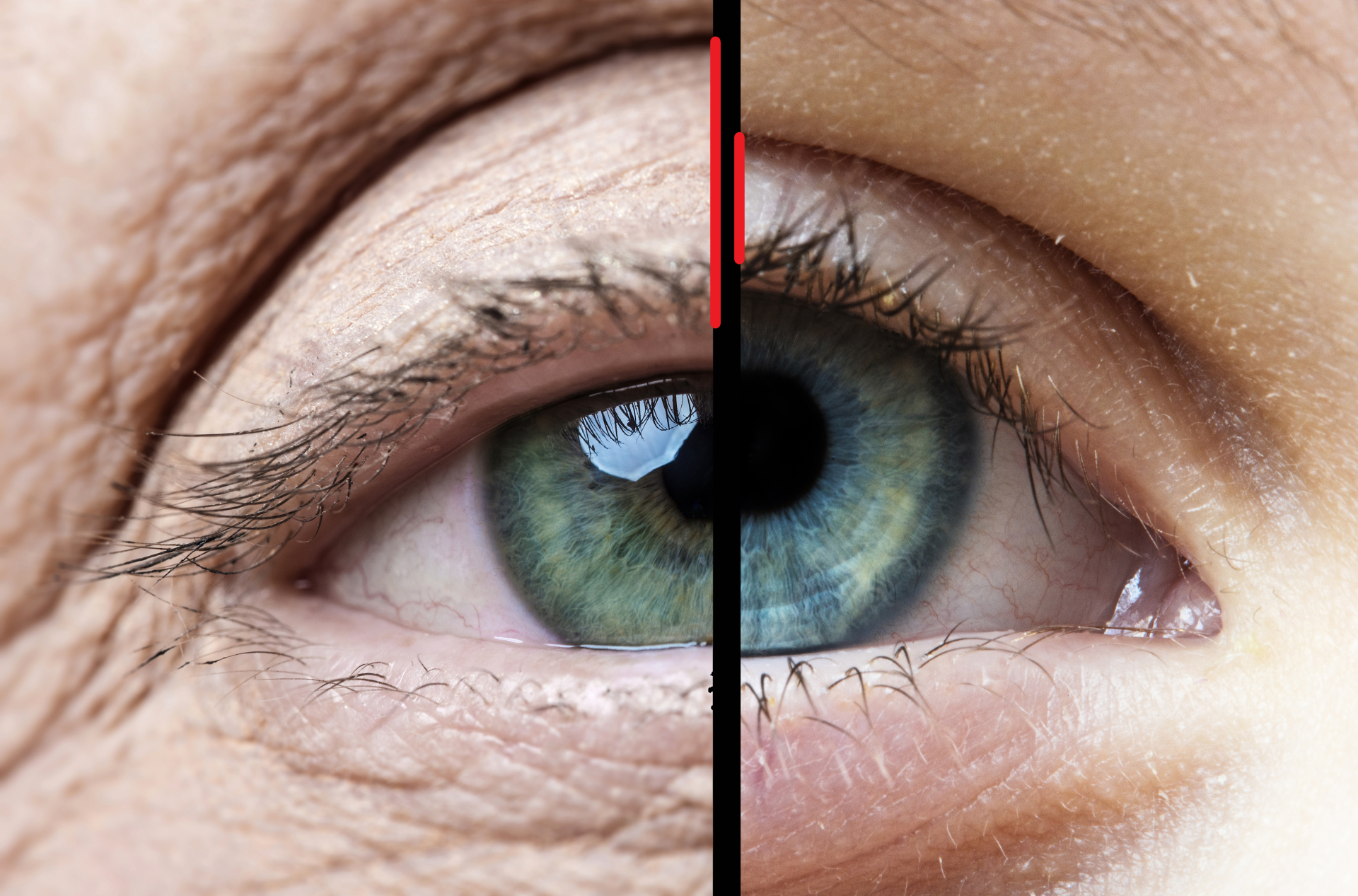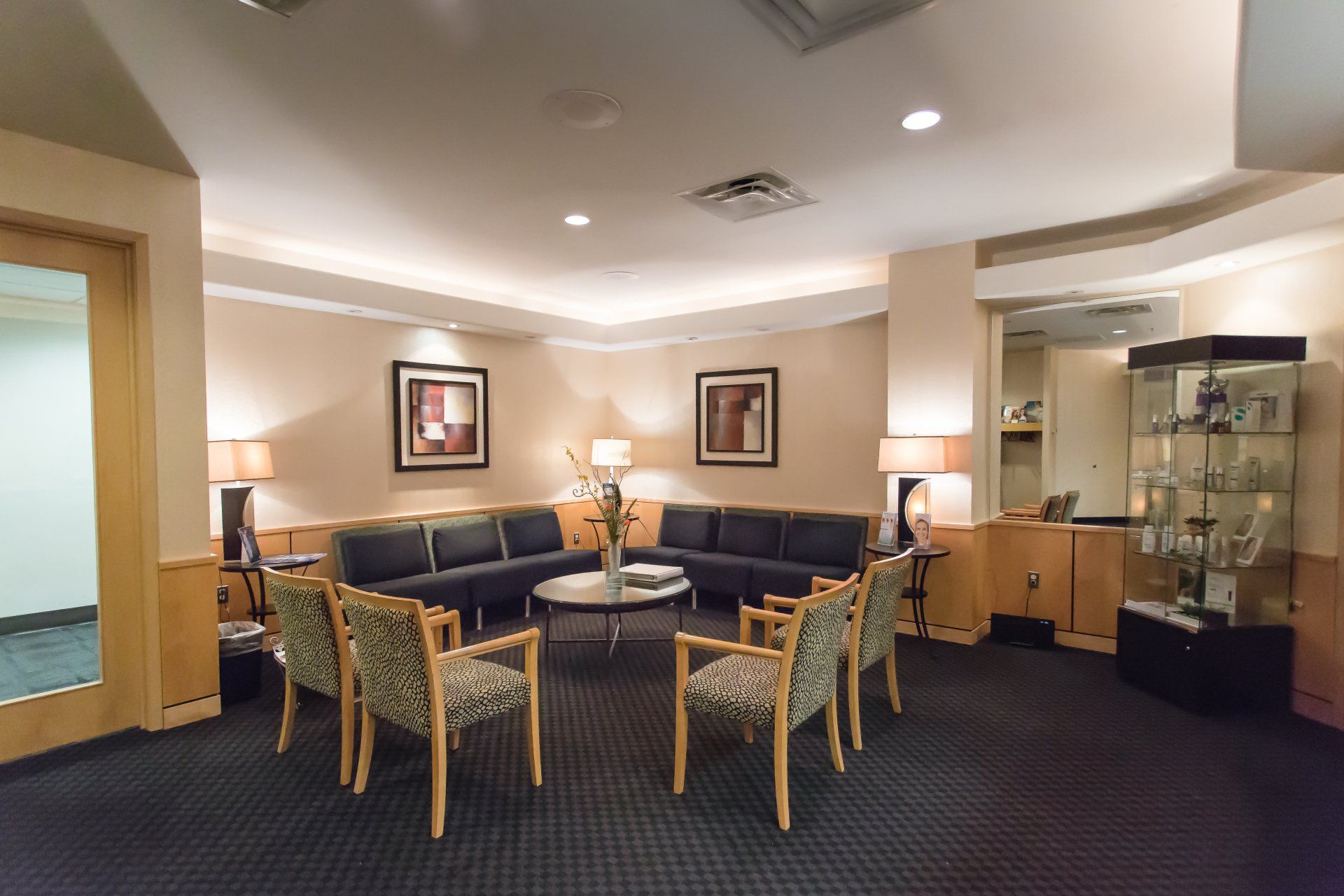Eyelid Rejuvenation Surgery in Chevy Chase, MD
What Sets Us Apart?
At RK Plastic Surgery, our approach to eyelid surgery is less about cutting out skin and more about restoring the youthful contours of the eye and improving skin texture.
Eyelid rejuvenation is a highly sought-out procedure among individuals that want to enjoy a more youthful, pleasant expression. Over time, the natural aging process as well as factors like smoking and sun exposure can cause the delicate skin around the eyelids to become thin and saggy. This can make the entire face look tired, sad or older. Sometimes, the excess skin sags so much that it interferes with vision.
A well-performed blepharoplasty (eyelid surgery or eyelid lift) can minimize the excess skin around the eyes and create a more rested, attractive appearance. Dr. Reza Kordestani has spent many years learning and refining his skillset and expertise in this complex procedure. He is the Chevy Chase eyelid surgeon patients trust for beautiful yet natural looking results.
What Does Eyelid Rejuvenation Address?
Eyelid rejuvenation can address one or more of the following:
- Heavy, droopy upper eyelids
- Excess hanging skin that droops over the upper lashline and interferes with vision
- Sagging lower lids that reveal the whites of the eyes
- Wrinkled skin around the corners of the eyes
- Bags, circles or puffiness beneath the eyes
Eyelid surgery can be performed on the upper eyelids, lower eyelids or both. Depending on the specific goals of surgery, Dr. Kordestani will remove skin, muscle and/or fat, and reposition the remaining tissue and fat to create smoother, more youthful looking lids.
Procedure Details
Eyelid surgery is normally performed on an outpatient basis, so patients can return home after the procedure to recover. Anesthesia is used for complete patient comfort during the procedure. The procedure takes approximately one to two hours, depending on the scope of treatment.
In upper eyelid surgery, Dr. Kordestani creates the incisions along the natural eyelid folds, so that the resulting scars are inconspicuous. Through the incision, he removes excess skin, muscle and fat.
In lower eyelid surgery, Dr. Kordestani creates the incisions along the lower lashline and in the natural creases of the lower lid. Through the incision, he removes or repositions excess skin and fat, and tightens the eyelid muscle. Dr. Kordestani can also use the transconjunctival approach to correct undereye puffiness through an incision inside the lower eyelid.
Eyelid surgery can be combined with laser resurfacing treatment to further improve the skin texture and stimulate the production of collagen. Fat grafting can also be used to soften the area between the upper cheek and the lower lid for a smoother transition.
Recovering from Eyelid Surgery
The eye area usually has mild to moderate swelling, bruising and dry eyes after surgery. There may be some slight discomfort as well, which can be controlled with oral medication. Cold compresses and lubricating ointment should be applied to the eyes during the post-op period to reduce some of the side effects.
Most patients take one to two weeks off work and their regular activities for surgery. Approximately 10 to 14 days after surgery, most of the swelling and bruising has subsided and patients can comfortably go out in public.
Dr. Kordestani follows up with his eyelid surgery patients until six months after surgery to ensure they heal optimally and do not experience any complications.
Schedule an Eyelid Surgery Consultation with Dr. Kordestani
If you are interested in attaining a brighter and youthful expression with eyelid surgery, we invite you to consult with Dr. Kordestani at his plastic surgery practice. Call or email us
today to book your appointment.
Enhancing Facial Contours with Upper Eyelid Surgery
The eyes age differently in everyone, so every approach is individualized to you. Some people develop hollow upper eyelids when they lose fat at the area between their brow and eyelid. This can manifest as an increase in the amount of eyelid skin that is showing from the lashes to the eyelid fold. These eyelids benefit from the addition of fat grafting and less skin removal to restore a youthful upper eyelid.
In other words, fat grafting is used to sculpt the area between the upper eyelid and brow. When your own fat is used to restore this area, it recreates the convexity that was present in your youth between the brow and the eyelid fold. Additionally, it decreases the the amount of eyelid skin showing between your lashes and the upper eyelid fold that you can see in the photo. During your consultation, we evaluate for a variety of eyelid conditions as well, including upper lid ptosis, which is most commonly aging-related.
Conversely, those who have upper eyelid skin hanging on their lashes would benefit most from skin removal. In the past, it was not uncommon to have an excessive amount of skin and fat removed, resulting in a hollow upper eyelid. Today, it is key to remain conservative with skin removal and to preserve the fullness of a youthful upper eyelid.
Finally, skin removal is not a substitute for treating problems with the texture of the skin. The skin of the eyelid can be treated with a conservative chemical peel or resurfacing so that all aspect of your upper eyelid are addressed.
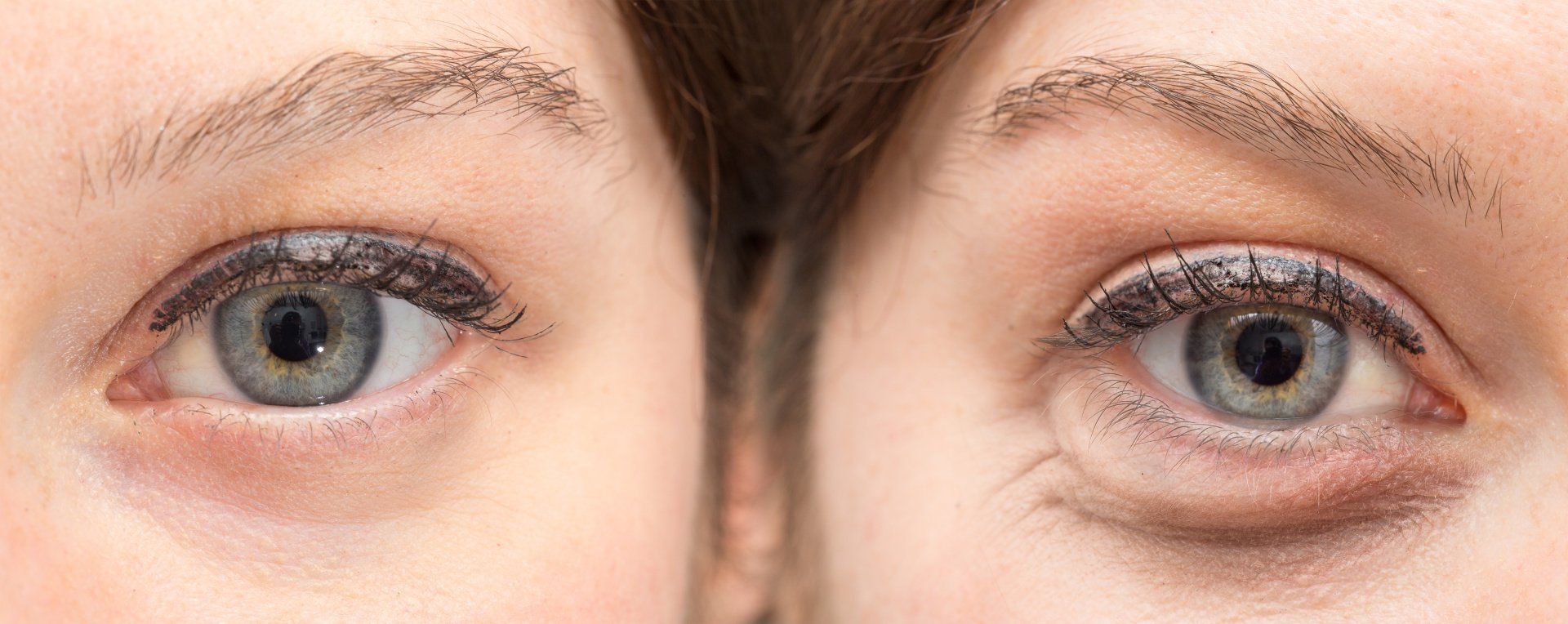
Eliminating Bags Under the Eyes with Lower Eyelid Surgery
The key to lower eyelid surgery is to smoothly blend it into the cheek. The lower eyelid ages by becoming loose and losing it's smooth transition to the cheek.
The eyelid becomes rounded, the eyelid muscle and other structures become loose, and fat from the area bulges through. The result is eyelid bags and the dreaded "you look tired" comment from those around you.
In lower eyelid rejuvenation, it is important to address all the aging components in order to get a great natural result. As in the upper eyelid, fat grafting to the transition between the lower eyelid and cheek can sometimes help blend the areas like they were in youth.
Eyelid Rejuvenation with Dermal Filler Injections
Filler injections are beneficial in many areas of the face and have dramatically increased the options for treating patients nonsurgically. However, filler injections around the eye and in the tear trough can have their risks.
In some cases, certain fillers can cause a "Tyndall effect" around the eye, which causes a bluish hue underneath the thin skin of the eyelid.
In rare instances, filler injections can travel in the blood vessels and cause vision loss.
We certainly believe in the power of fillers for facial rejuvenation, but at our practice, we generally do not inject around the eyes.
Gallery
As a policy of our office, we do not post before and after photos online in order to respect our patients' privacy. We are confident you'll be impressed with our results, and we'd be happy to show them to you at your consultation.
01 Consultation
Complimentary consultation with Dr. Kordestani to discuss YOUR goals, benefits, and risks. In addition, we will review your ocular history with you, including prior eye surgeries, vision correction surgery, medical problems, medications, and eye problems.
02 Analysis
You will have preoperative photos taken at our office. Your eyes will also be examined to determine what treatment would be best for you.
03 Surgery date
You select a convenient surgery day. You will go home after surgery and should rest for several days afterwards. If you are only undergoing upper eyelid surgery, this can sometimes be done in the office instead of the operating room.
04 Day of Surgery
You will be seen by myself and your anesthesiologist on the day of surgery. The length of your surgery depends on the treatment plan, but upper and lower eyelid surgery will take approximately 2 hours.
05 Recovery
You will be in the recovery area for 1-2 hours before either going home. Your recovery at home will be approximately 1 week. You will be prescribed some eye drops and ointments along with pain medication. You can resume light exercise in 3 weeks and weightlifting at 6 weeks.
06 Follow-up
You will be seen until 6 months postoperatively to ensure you have no complications.
McLean, VA

